Want to increase student achievement levels in the classroom? That's a no-brainer. STEM tools are great at helping all children develop key hard and soft skills, like coding, problem-solving, collaboration, and critical thinking. But, sometimes, STEM tools like coding robots or 3D printers are too time-consuming to regularly incorporate in instruction. Fortunately, today's EdTech manufacturers often supplement core offerings with curriculum guides that might include STEM lesson plans, projects, and more. Designed to help educators integrate new STEM tools while saving time on lesson prep, curricula can play a pivotal role in maximizing learning outcomes for all students.
The Benefits of a STEM Curriculum
Like we said, various EdTech manufacturers offer detailed curriculum and project guides alongside their classroom tools. Some curricula come in physical workbooks, keeping lessons screen-free, while others are more portable online files or video guides. Besides that, many tools in our STEM library also include free lessons on their website. Others include expansive project libraries, like MakerBot's Thingiverse, a collection of free downloadable files kids can 3D print.
If you're feeling motivated, though, you can always create your own STEM curriculum to fit your particular needs. Plenty of school and district leaders are now responsible for creating more future-focused learning experiences. When creating a STEM curriculum for kids, there are several strategies you can use to make everything engaging, teacher-friendly, and viable for the long term. A good curriculum doesn’t necessarily require a high amount of EdTech tools (you could also get away with going no-tech or low-tech). Children just need access to experiences that help them to develop core STEM skills.
Using a STEM curriculum across subjects.
STEAM projects are commonly interdisciplinary, combining science and math, for example, or technology and history. The best STEM curricula should expose students to creative thinking and learning, specifically learning by doing. When children learn through hands-on projects, they begin to question the world around them—in a good way! They'll begin to ask how to improve processes, or wonder about the tech behind the tools they use every day. Tying STEM learning to kids' natural curiosity is super effective. Plus, the creative process that students explore through STEM learning helps them boost artistic creation. They could also try out new kinds of experimentation, explore design outcomes, and ultimately create something tangible.
Features for today's curriculum designers.
Other key characteristics of STEAM curricula include an opportunity for meaningful collaboration, methods to bolster critical thinking, unique ways to explore problem solving, and, of course, hands-on learning. By collaborating, for example, children can learn to divide up responsibilities, compromise, and hear ideas. As for critical thinking, STEM experiences can help increase students' capacity to systematically think through problems and apply their knowledge. To do so, they must evaluate the information that's the most useful to what they are trying to accomplish. As for problem solving, STEM learning gives students the chance to try various methods before they settle on what works best. Finally, that hands-on element is perhaps the most important as it can often help students learn from their experiences (and failures) while levelling the playing field among children in diverse settings.
Deploying a STEM Curriculum in Afterschool Programs
There’s not (really) a rule stating that a curriculum—especially one centered on STEM—must only be part of school days. Time spent in afterschool programs can unlock all sorts of opportunities for kids to continue or, in many cases, begin developing some STEM skills. Afterschool programs have long been an avenue for teachers to enhance classroom content. They can do so by covering the same concepts, building on them, and doing so in a hands-on way. And, when activities and objectives in your afterschool STEAM program are clearly fleshed out with a developed curriculum, they are easier for teachers to identify, implement, and measure—ultimately creating greater organization, coordination, and success.
Honing soft skills and an interest in STEM.
An ideal STEAM curriculum in afterschool spaces allows students to take part in self-guided learning that reinforces academic concepts and helps them build their hard and soft skills. Soft skills like confidence are important when it comes to being ready for the future, whether students decide to pursue STEM in the long run or not. Fortunately, kids can definitely develop these skills in afterschool environments, especially when the programming is conducive to soft skill development. When they take part in bonus programs like these, children tend to display more of an interest in STEAM in general, see themselves as important contributors in society, and value their successes.
Bringing a STEM curriculum to afterschool offerings.
So, how would somebody go about designing an afterschool STEM program? Creating any environment in which kids can explore self-directed learning activities is a good start. Immersing them into new activities that go beyond what they would typically experience in school is ideal. Another tip is to expose students to a variety of options for the types of activities they do. This enables instructors to move away from curricular mandates and introduce kids to new elements of STEAM. Think about what they likely haven't tried much of before, like robotics or 3D printing. Finally, if you're creating a STEM-based afterschool curriculum, look at what others have done before. You could definitely find useful examples of working STEM opportunities into afterschool learning by tapping your PLN.
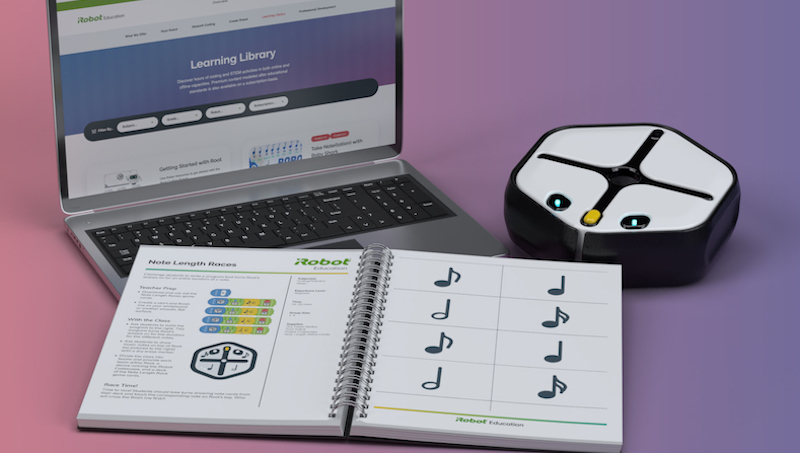
Mapping STEM into the Curriculum
There are many reasons that instructors should consider developing and implementing STEM curricula in their classrooms, no matter their field. The first is that STEM is for all students—not just for those who are technologically inclined. Even if students don't excel with science, math, or technology, building up STEM skills helps contribute to them preparing for their chosen path. Using a STEM curricula can even challenge educators to improve on their teaching and supplement their existing instructional models. And, while even informal STEM experiences can help students, educators shouldn't just throw them in. To seamlessly bring STEM into everyday learning, it is best to start small. At the core of launching a new focus in classrooms is fundamentally changing your system. So, school and district leaders first need everyone to be on the same page before starting a promising STEM initiative.
Collaboratively creating a STEM curriculum.
To launch a successful STEM curriculum in your school, all educators should first agree upon one definition of STEM and what STEM teaching and learning should look like. School leaders can then relinquish some control to teachers and empower them to drive this success as a team. These administrators and teachers should also work together in deciding whether to take an interdisciplinary approach with integrating STEM or a multidisciplinary approach. An interdisciplinary approach involves integrating the STEAM experiences across various academic subjects, synthesizing disciplines into a whole. Conversely, that multidisciplinary approach involves using ideas from other disciplines to deepen student understanding of a specific field.
Trying new things in the classroom.
Many prime STEM experiences come when teachers try new things. So, adapting to student proficiencies, deficiencies, and preferences is key in STEM learning. Teachers also benefit from the option to shift gears whenever needed. The term ‘engineering design,’ for example, may sound highly complex for some kids or teachers. All it really involves, however, is defining a problem, working to find a solution, and designing that solution. Finally, educators can use STEM experiences to show students the importance of learning certain things. STEAM professionals use more than technical skills, and as students apply what they learn through STEAM experiences, they can better understand why they’re learning it. Just think—breathing new life into learning by introducing a STEM-focused curriculum could help children draw natural connections between what’s important and how to apply it going forward.
STEM Curricula and Makerspaces
If you know anything about makerspaces, you likely know that kids' learning and experimentation is often unscripted and informal. It can be organized, though, and by combining major STEM concepts with maker learning, teachers can create a whole lot of positive outcomes. If instructors want to leverage makerspace learning during the school day, more formal curricular guidelines may help. While this can take away some of the freedoms that students typically have in a makerspace, it could also create guidelines for them all to follow while they learn specific skills and concepts. Generating these types of guidelines can be especially helpful for children with behavioral issues or social-emotional challenges. They help teachers reel them in while giving them some of the freedoms routinely found in makerspaces.
Hands-on experiences and STEM exploration.
Rather than just giving children maker tools, like robots or gears, educators should also teach them about these tools while they use them. This often helps educators weave soft-skill learning into their makerspace curriculum while emphasizing the importance of turn taking, communicating effectively, and even following instructions. As with any curriculum, a STEM curriculum for makerspace learning should be designed with intent. Educators must consider the resources available to them, the quantities they'll have (is 1:1 learning possible?), and how they can facilitate collaborative learning. When kids work in groups in a makerspace, they end up learning a lot more than academic content. They learn the value of teamwork, trial and error, and critical thinking, which they can use throughout their lives.
Technology and MakerEd in the STEM curriculum.
If they choose, curriculum directors could create only a handful of lesson plans, rather than a whole year of curriculum. In each situation, it's helpful to include instructions for both children and teachers. This ensures they all have clear objectives for their lessons and understand key objectives. They can then tie the lessons to tons of different topics. Both the teachers and students can always adapt them, finding creative ways of illustrating their understanding of a concept—ideally while still covering the required curriculum. Educators may even choose to build out their makerspace before moving on to a full STEM curriculum. Technology is a key component in many school makerspaces, and it certainly helps reinforce important concepts, so it is often worthwhile when building a makerspace curriculum as it can eventually become more robust, too.
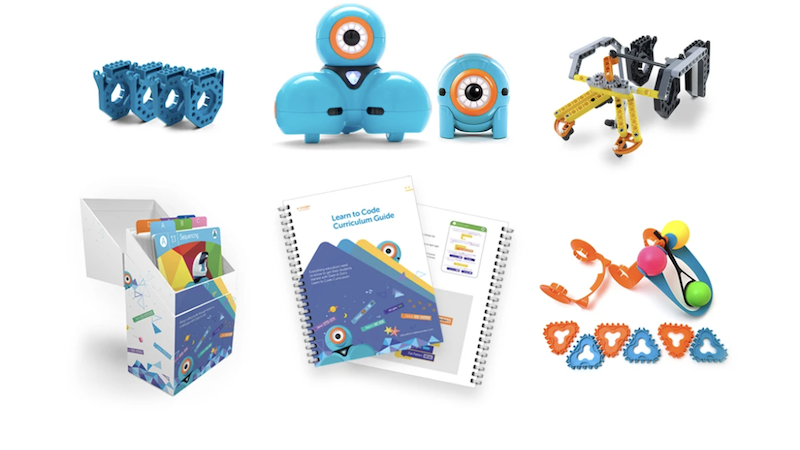
Teaching Coding with a Curricular Approach
All STEAM experiences are beneficial for students, but they're even more effective when they’re structured and part of the curriculum. Teaching coding, while important, is much more effective when educators have the proper tools at their disposal and know how to tie them to their curricular requirements. While there are coding curricula out there, specifically those that pair with certain STEAM tools, educators tend to struggle to create their own and may not want to commit to something external. The curricula that toady's top tech professionals create, however, evolves regularly and may even be free. Companies like Ozobot and iRobot Education, for example, offer in-depth curriculum guides (below) in their class packs or separately.
How to create a coding curriculum.
Having a member within your school or district who is capable of creating a coding curriculum can often be invaluable. Chances are, if this is the case, you are probably aware of that situation (if they have not already volunteered). If not, it might help to share a district-wide memo to see if anybody could give it a try. In most schools, there isn't an official coding curriculum in place, despite the continued demand for larger numbers of skilled computer science professionals. But, with the simplicity of contemporary coding tools, it's easier to teach computer science as early as the elementary level. Again, students can still learn these skills when coding on their own, but a structured set of activities and objectives definitely helps their development in the short and long run.
A STEM curriculum focused on coding.
To bring a strong and structured coding curriculum into your school, there are many potential approaches, like researching previously created curricula for certain tools or programs. Also, teachers could tap various networks and ask other educators or administrators what has worked. It is also effective for administrators to have faith in the students who will be using the curriculum or even involve them in this process. Children can share valuable insight and even help improve the process. Administrators could also ask teachers and parents how to tie coding to classroom and real-world content while promoting fun. Chances are high that someone’s parent has experience in this area too. And, while linking STEM lessons to curricular standards can be challenging, it's also rewarding!
Some of today's most trusted STEAM solutions also include a curricular component. For more curriculum tools designed for easy implementation in your classrooms, click below. For the latest EdTech, STEM, and 21st century education news, follow us on X and Instagram. Like us on Facebook, too, and subscribe to our newsletter for announcements on our latest product offerings!




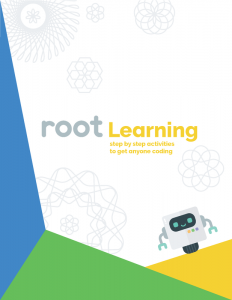
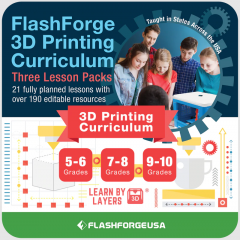
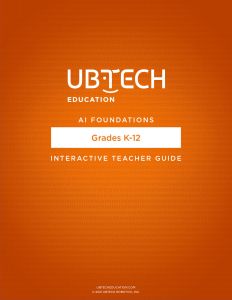
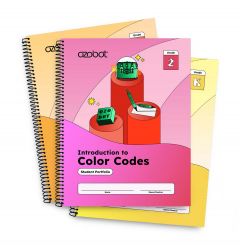
3 Comments